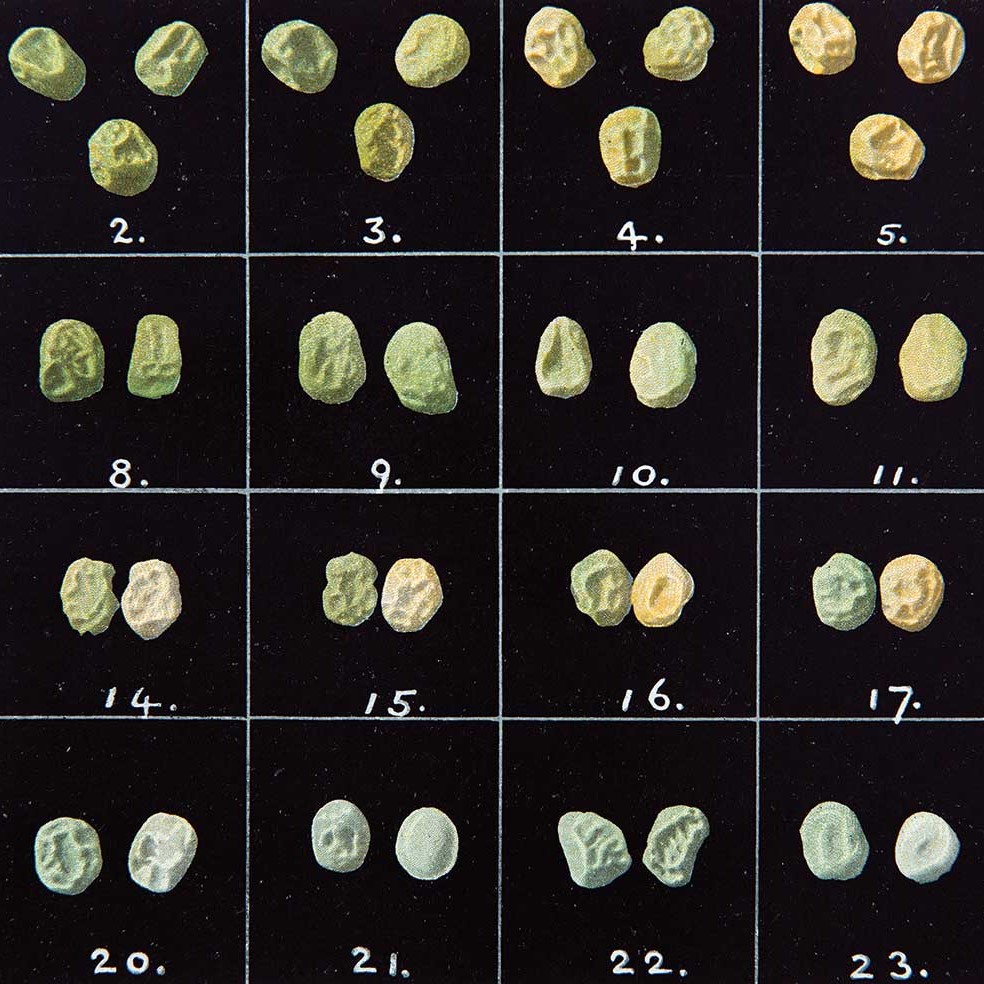The Onion Test
Why does an onion need 5 times more ‘junk DNA’ than you do? CC0 Via Pexels
The human genome is an incredible thing. Six billion letters of DNA – that’s more than two metres of DNA in every single cell – containing all the genes that enable a single cell to grow into a fully-formed, fully functioning person.
So when the first draft sequence of the human genome was published in 2001, researchers around the world were eager to discover exactly how many genes must be packed into our glorious genome.
The answer was a big surprise.
Many people thought that it must take at least a hundred thousand genes to make a human – with a sweepstake on offer to the person who made the closest guess to the final number – yet the human genome turns out to contain only 20,000 or so genes (roughly the same number of genes as a fruit fly or nematode worm).
This seems remarkably low to make an organism with as much dazzling complexity as a human being. Even more perplexingly, the genes that we do have make up less than two per cent of all that DNA. So what’s the rest?
To find out, we need to go back in time to 1972.
That’s when geneticist Susumu Ohno published a paper entitled “So much ‘junk’ DNA in our genome” in an obscure scientific journal, the Brookhaven Symposia in Biology, in which he mused upon a mathematical problem.
By that point, scientists had already measured how much DNA was present in bacteria and figured out that these little bugs must contain a few thousand genes. They also knew that a single human cell contained at least 750 times as much DNA.
Ohno did a quick back-of-the-envelope calculation – if the number of genes in any genome was directly proportional to the amount of DNA, then humans should have….. three million genes, more or less.
But, as he pointed out in his paper, ‘lowly lungfish and salamanders’ can have 36 times more DNA in their cells than is present in ours, suggesting that they should have…. A hundred million genes.
He didn’t believe it. What would a slimy salamander need with all those genes? Therefore, Ohno concluded, the vast majority of the human genome must be junk. And, correspondingly, varying proportions of other organisms’ genomes must be junk too. And once the Human Genome project revealed that the vast majority of our genome doesn’t seem to contain actual genes, it looked like he was right.
The function of this remaining 98% of the human genome - sometimes called ‘junk DNA’ but more accurately referred to as non-coding DNA – is a hotly debated topic in the world of genetics, fought out within the dignified pages of journals and the more febrile atmosphere of scientific conferences.
An absolutely massive study published in 2012, known as ENCODE, suggested that around 80% of the human genome was functional – namely, that it did something important for the proper functioning of our cells and bodies. Just under 10 per cent is thought to be control switches responsible for turning genes on and off at the right time and in the right place, while the rest does all manner of things, from producing little pieces of RNA that control gene activity to organising the three-dimensional structure of the DNA inside a cell.
Others were unconvinced. For example, evolutionary geneticist Chris Ponting suggests that less than 10% of the human genome is functional, based on how much has been strongly preserved through evolutionary time and must therefore be very important.
It’s against this backdrop we bring in the Onion Test, devised by T. Ryan Gregory and posted on his blog in April 2007. It was later formalised as a scientific paper that he published in 2014, together with Alexander Palazzo.
Put simply, the Onion Test goes like this.
The onion in your vegetable drawer has five times more DNA than humans. So if you’re a researcher who thinks that non-coding DNA has a particular function in the genome, can you explain why an onion needs about five times more of it than a human to do the same thing?
Unpeeling this idea a bit further, Gregory points out that some species of onions have around double the amount of DNA as your regular onions, while others have less than half. Yet they’re pretty much the same and have the same number of genes, so why would they need double or half the amount of non-coding DNA?
This argument works for all kinds of species, from Ohno’s lowly salamanders with their giant genomes containing roughly the same set of genes as other vertebrates, including humans, to the biggest genome discovered to date, which belongs to the Japanese canopy flower, Paris Japonica, with around 150 time more DNA in its genome than a human.
Then there’s the poisonous Fugu pufferfish – often eaten (very carefully!) as a delicacy in Japan. They have remarkably compact genomes, roughly an eighth of the size of our own yet containing almost exactly the same repertoire of genes and very little junk.
Perhaps our obsession with finding function for all the junk in our genome comes from a desire to think that humans are something special in the biological world – certainly more special than an onion.
But in the words of the grumpy geneticist Dan Graur, who I interviewed for my book Herding Hemingway’s Cats in which I dig into the junk in our genetic trunk, “Either you have to assume that humans are the pinnacle of creation –that everything is functional and those organisms with more DNA than us have junk DNA but we don’t. Or you have to assume that humans are a regular organism that has junk DNA just like everything else.”
Further reading:




